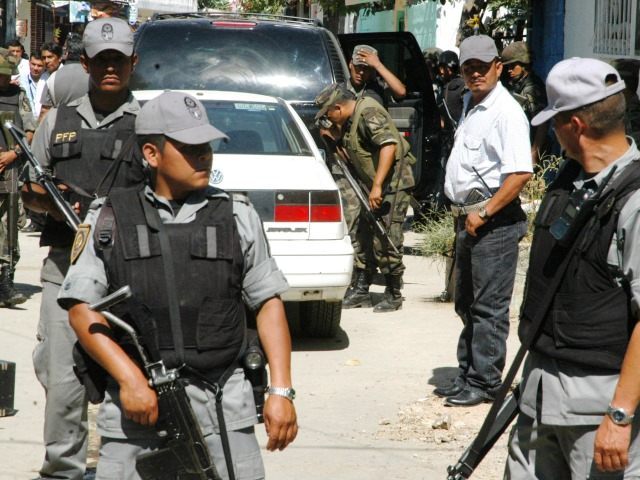The Mexican government claims it has registered significant declines in kidnapping rates for 2015. Many drug war observers and Mexican citizens are very skeptical about the truth behind these government figures.
The skepticism is related to the reality that kidnapping and ransom operations by Mexican drug cartels and smaller criminal groups have ramped up in recent years as an extremely profitable business—and a potentially deadly one for victims.
The Mexican daily Excelsior reported that, according to the National Public Security System (known as the SNSP for its initials in Spanish), through the first ten months of 2015, Mexico has tallied 1,064 kidnappings. This represents a 32.4 percent drop from the corresponding figure of 1,619 in 2014. The drops in specific parts of Mexico that are particularly plagued by drug violence were just as dramatic. Nuevo Leon state saw kidnapping rates cut in half. In Sinaloa state, they fell 45 percent, and in violence-plagued Guerrero state kidnappings dropped by almost 30 percent.
Kidnapping and ransom operations form a large part of drug cartels’ criminal portfolio. Some cartels like Los Zetas can derive as much as half of their income from ransom payments. In the past few years, cartels have aggressively injected themselves into the northbound flow of migrants from Central America by marketing the services of their human smugglers (known as coyotes). On average, taking one person through Mexico to the US border can generate between $3,000 and $7,000 in revenue. Most of that fee goes to the coyote, but 25 percent or more can go the cartel as a sort of operating tax.
While the percentage drops are impressive, the actual numbers of kidnappings being reported are not. For example, there were only 68 kidnappings reported in Guerrero state in 2015 and only nine reported in Sinaloa state—the home base for the powerful Sinaloa cartel—during the same time period. The statistical decreases look optimistic, but rest on the number of kidnappings that are actually reported. Due to fear of cartel reprisals and of corrupt police officials, the vast majority of kidnappings that occur in Mexico are likely never officially tallied. According to InSightCrime.org, estimates derived from victimization surveys suggest approximately 98 percent of kidnappings are never reported to authorities, and would therefore never appear in the SNSP statistics.
The reliability of reporting varies tremendously from state to state. In Chihuahua, where some of the nation’s most powerful gangs operate and home to the key border crossing and former world’s deadliest city Ciudad Juarez, the SNSP has tallied just 11 cases of extortion and six kidnappings, both of which are absurdly low. The figure of nine cases in Sinaloa is similarly unbelievable.
More reliable sources for kidnapping data in Mexico can be found through non-governmental organizations operating in the country. However, these reports are anecdotal in nature and are not consistent from one location to another. Although the Mexican people may be partially bolstered by reports of dropping homicide and kidnapping rates, any statistics coming from a government almost universally viewed as corrupt to varying degrees will likely be met with extreme skepticism.
Sylvia Longmire is a border security expert and Contributing Editor for Breitbart Texas. You can read more about cross-border issues in her latest book, Border Insecurity: Why Big Money, Fences, and Drones Aren’t Making Us Safer.

COMMENTS
Please let us know if you're having issues with commenting.